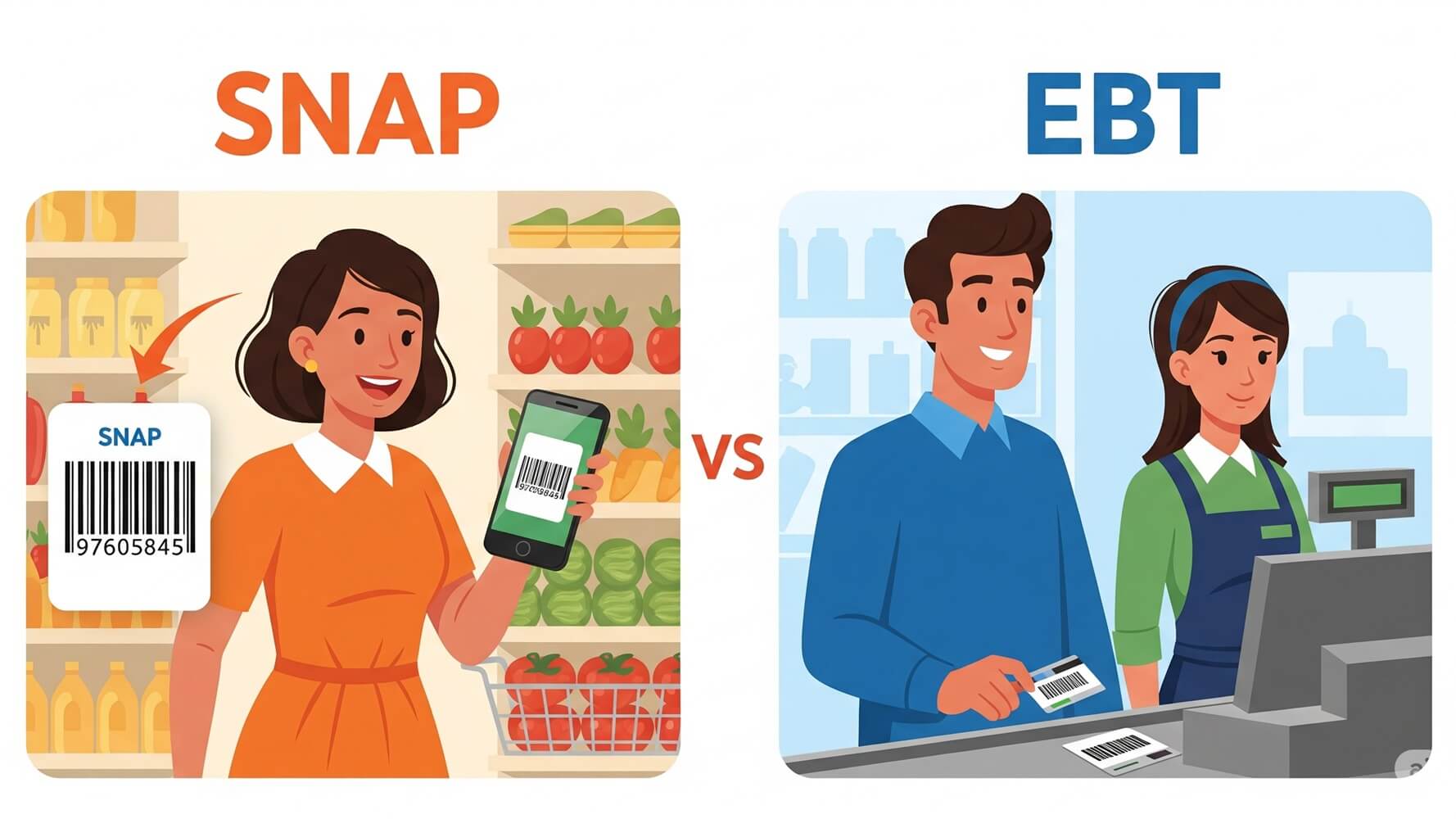Figuring out if you qualify for food stamps, also known as the Supplemental Nutrition Assistance Program (SNAP), can be tricky. One of the biggest questions people have is how the government determines eligibility. They want to know: do food stamps look at your total earnings before taxes and deductions, or do they consider what’s left after all those things are taken out? This essay will break down the answer to this question and explain the different aspects of income that the SNAP program considers.
The Simple Answer: Gross Income
So, does SNAP look at gross or net income? SNAP primarily considers your gross income to determine if you meet the initial eligibility requirements. Gross income is the total amount of money you earn before any taxes, deductions, or other expenses are taken out. Think of it as the total amount you get paid, whether it’s from a job, self-employment, or other sources of income.

Understanding Gross Income in Detail
What exactly counts as gross income when applying for food stamps? It’s important to know this so you can accurately assess your eligibility. This includes various sources of money, from regular paychecks to other forms of financial support.
Here are some examples of what typically gets included as gross income:
- Wages and salaries from a job
- Tips and commissions
- Self-employment earnings (before deducting business expenses)
- Unemployment benefits
It’s crucial to report all income sources accurately on your application. Ignoring any of these income sources can lead to denial of benefits or other problems.
- Wages from a full-time job
- Income from a part-time job
- Self-employment income
- Pension payments
Why Gross Income Matters for Initial Eligibility
The main reason SNAP uses gross income is to set a broad eligibility threshold. This allows the program to quickly screen applicants and determine if they might qualify. It sets a general limit so that those with higher earnings don’t even get to the next stage of the process. It’s a way to make sure the program focuses on people who truly need help.
The use of gross income also simplifies the initial application process. It reduces the amount of paperwork and documentation required. Instead of delving into all your deductions right away, they can look at your overall earnings to quickly determine if you fall within the income guidelines. This is meant to speed up the process.
- Quick Screening Process: Establishes an immediate income cap.
- Simplified Application: Reduces paperwork and documentation.
- Fairness: Ensures a basic level of need is met.
This process is meant to streamline the application process, making it quicker for those who need help.
Net Income’s Role: Deductions and Allowances
While gross income is important for initial eligibility, net income also plays a role in determining the actual benefit amount you receive. After you pass the gross income test, the SNAP program considers certain deductions and allowances to arrive at your net income. This net income is then used to calculate how much food assistance you’ll get each month.
These deductions include things like:
- Childcare expenses
- Medical expenses for elderly or disabled individuals
- Legally obligated child support payments
- Excess shelter costs (like rent or mortgage payments)
These deductions acknowledge that some people have unavoidable expenses that significantly impact their ability to buy food.
- Dependent Care
- Medical
- Child Support
How Deductions Affect Benefit Amounts
The deductions allowed by SNAP can make a significant difference in the amount of benefits someone receives. By subtracting these expenses from your gross income, the program gets a more accurate picture of your financial situation. It acknowledges that these specific expenses can leave people with even less money available for food.
For example, if you have high childcare costs, SNAP will deduct these costs, resulting in a lower net income and a higher benefit amount. This ensures that families with significant expenses get the support they need. This is a key part of how the program addresses each applicant’s individual needs.
| Deduction | Effect on Benefit |
|---|---|
| High Childcare Costs | Higher Benefit |
| Significant Medical Costs | Higher Benefit |
Deductions are designed to make the program more fair and responsive to individual circumstances. They reflect the reality that some people have unavoidable expenses.
Other Income Considerations: Assets and Resources
Besides gross and net income, the SNAP program also considers other financial resources, like assets. Assets can include things like bank accounts, stocks, and bonds. The program often has limits on the amount of assets an applicant can have. The goal is to assess a person’s overall financial well-being.
While the specific asset limits vary by state, these checks are an important part of making sure benefits go to those most in need. The government wants to ensure that those who already have enough money in savings do not qualify for assistance.
- Bank Accounts: Subject to asset limits.
- Stocks and Bonds: These may be considered assets.
- Real Estate: Typically not counted unless it’s an investment property.
- Vehicles: Usually excluded unless they are luxury vehicles.
The Bottom Line: A Multi-Faceted Approach
In conclusion, the SNAP program uses a multi-faceted approach to determine eligibility and benefit amounts. While gross income is the primary factor for the initial screening process, net income, calculated after certain deductions, is used to determine the actual benefit amount. Additionally, assets and resources also play a role in the overall assessment. By considering these different factors, the SNAP program aims to provide food assistance to those who need it most and to make sure it is fair.